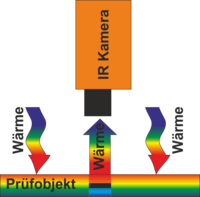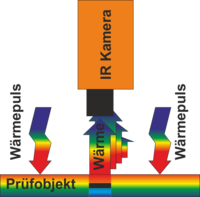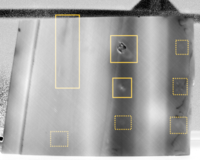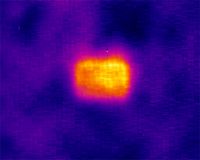
Thermography in Lightweight Engineering

Quality assurance for composite materials
Especially in lightweight applications, new material combinations and material composites are implemented. These place particular demands on the reliability and reproducibility of inspection methods used for quality control. An accepted method that is highly suitable for these materials and composites is active thermography.
By analyzing induced heat flows, active thermography can be utilized to inspect components for defects. The properties of lightweight materials, such as the thermal characteristics of CFRP, make this method especially suitable.
The excitation sources used in conjunction with active thermography at IPA are direct heat, induction and ultrasound.
Typical defects in lightweight components that can be detected with active thermography:
- Cracks
- Cavities
- Pores
- Impact defects
- Inclusions
Active thermography identifies such defects in components efficiently, cost-effectively and within short cycle times.
Examples:
- Metal inclusions in CFRP panels
- Delamination in composite materials
- Production control when processing composite materials
- Recognition of the position of hidden components



